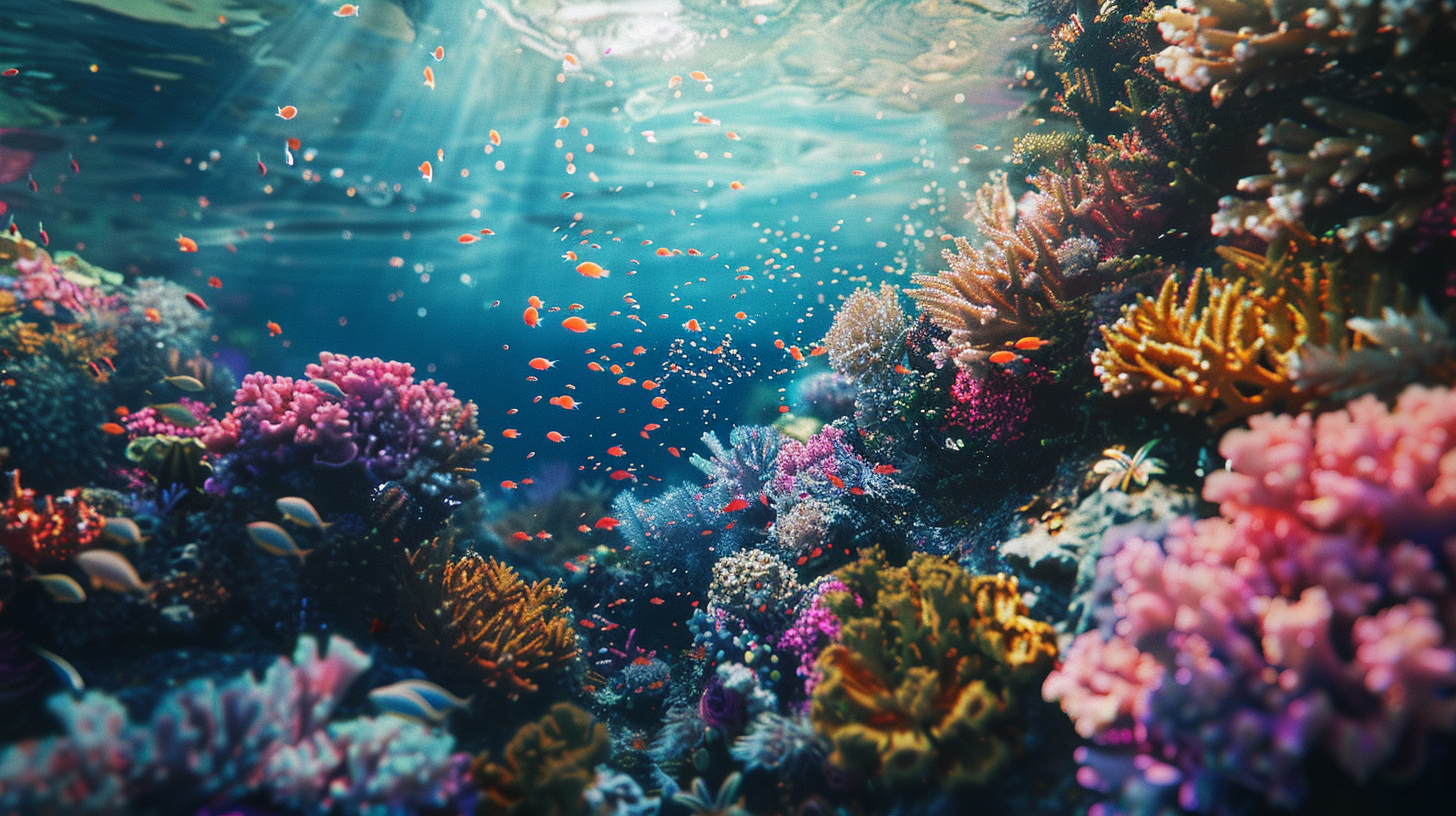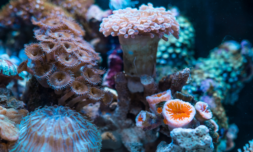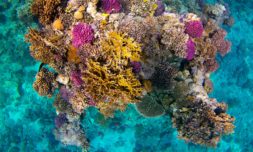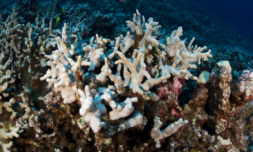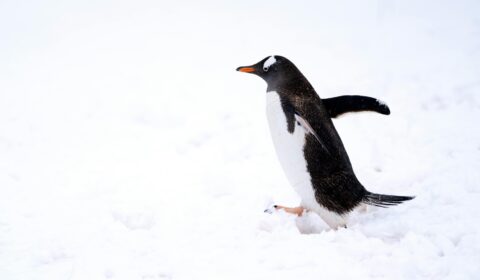IVF, but make it coral larvae
Working together, the two groups of scientists aimed to accelerate reef regeneration by encouraging heat-resistant coral larvae to ‘root down’ in regions where corals are dying out due to heat stress. This part is crucial, as many reef hotspots have been damaged by bleaching events.
As part of his effort, Professor Peter Harrison, a coral ecologist at Southern Cross University in Australia, began pioneering a technique he’s coined ‘coral IVF.’
Coral IVF involves collecting spawn from heat-tolerant corals. To do this, scientists scoop it from the sea surface or deploy cone-shaped nets around corals that have managed to survive bleaching episodes.
Harrison’s work has shown that breeding from these heat-tolerant corals leads to larvae that are also more resilient to high temperatures. This process takes place in floating nursery pools, where fertilised gametes develop into larvae, kept safe from ocean predators and currents.
According to Harrison, coral IVF methods produce up to 100 times more coral colonies compared to natural reproduction. The goal is to increase this number by 1,000x to ensure we can regenerate reefs faster than the current rate of coral degradation, which is steadily increasing.
To increase the odds of success, the scientists are working to breed coral using another technique: sound.
Why sound matters around reefs
Perhaps you remember when researchers trained AI to monitor and analyse the sounds of coral reefs to detect their overall health? The sound of a reef can be very telling, as healthy reefs are marked by noisy activities like grunting fish, clicking crustaceans, and more.
With this in mind, Professor Steve Simpson from the University of Bristol had the idea of broadcasting recordings of fish noises captured near healthy reefs to attract heat-resistant coral larvae to degraded areas.
The results? Well, it seems that coral larvae can detect sound through body hair vibrations. Upon hearing the audio of a bustling reef, the larvae are tricked into settling in places that might otherwise be barren – starting a whole new colony of healthy, heat-resistant coral.
Simpson’s work shows that coral larvae are particularly drawn to low-frequency sounds made by territorial fish, which often protect growing coral. By playing these sounds, researchers aim to create a more inviting environment for coral larvae, which in turn can help in their mission to restore dying reefs.
Interestingly, the co-director of Our Changing Planet thought the idea of using audio recordings of a healthy reef to attract coral larvae to degraded areas was a long shot.
After seeing how the larvae actively swam towards the source of the sound, however, he called it the closest to a ‘eureka moment’ he would probably ever get.
Why these unique methods are important
Despite the project’s promising results, the clock is ticking to save our planet’s precious reefs.
Scientists have raised the red flag, stating that our planet is experiencing its fourth global coral bleaching event since 1998, with more than half of reef areas experiencing heat stress. Australia’s Great Barrier Reef, for example, has seen unprecedented damage, with about 73 percent of its 1,429-mile stretch impacted.
Rising global temperatures also threaten to thwart efforts like coral IVF. If global temperatures rise by 2.5C or 3C, coral reefs will fully collapse, even with the implantation of these innovative techniques.
That said, both Harrison and Simpson believe that if world leaders and major corporations take serious action to keep temperature increases to around 1.5C, there is still a chance for recovery.
The stakes are indeed incredibly high, but the good news is: if coral reefs can be saved, it’s likely that our planet’s other ecosystems can too.









